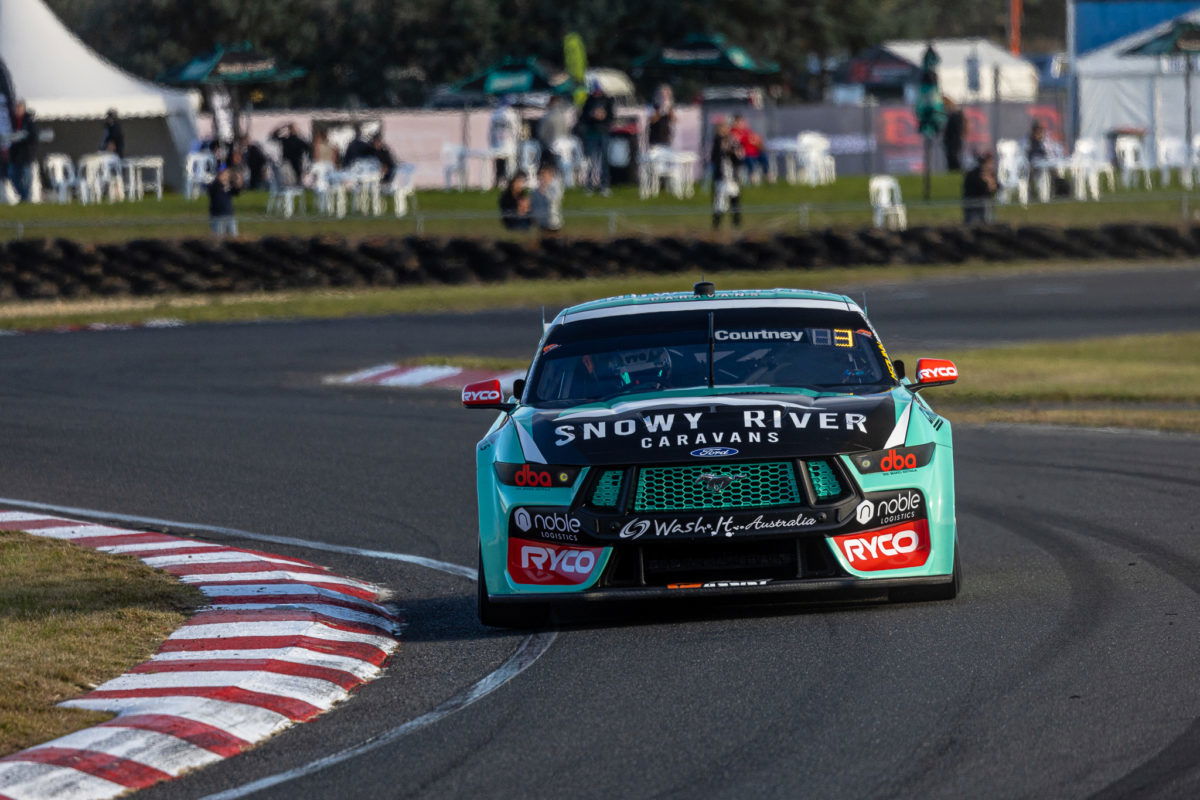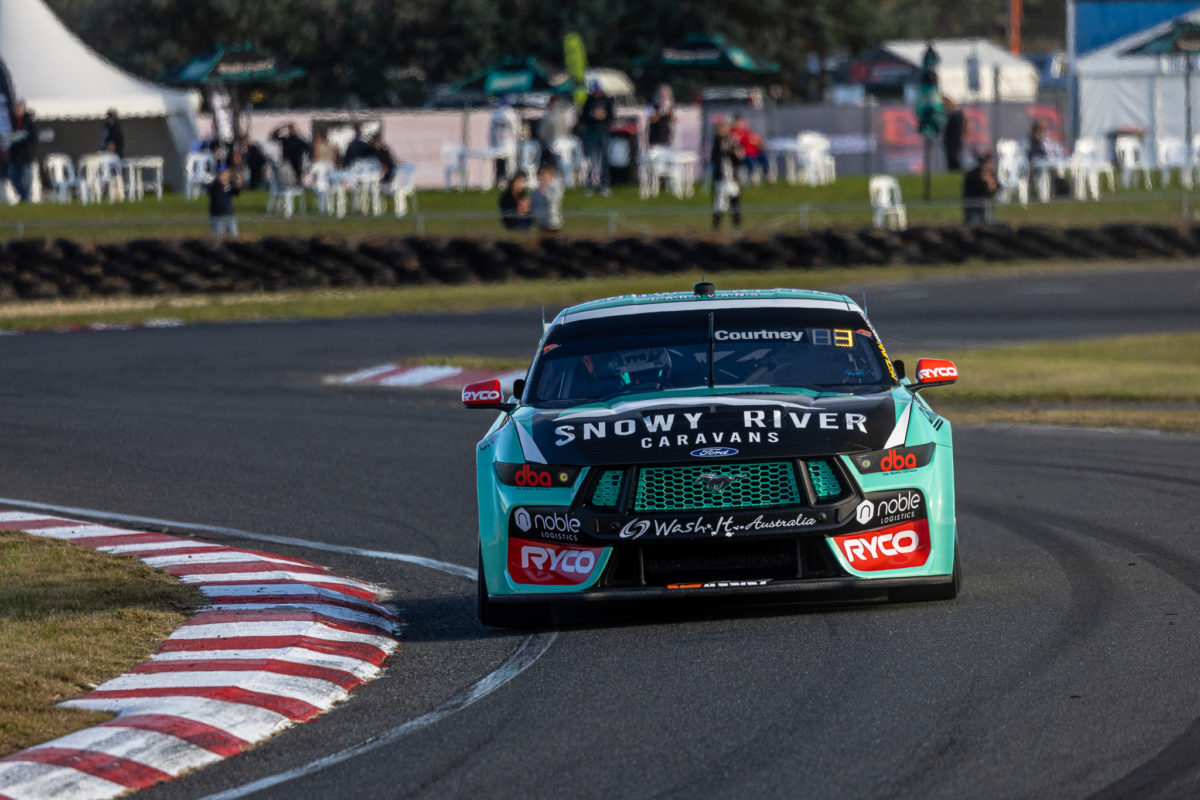

Ford Performance boss Mark Rushbrook has expressed his support for more robust parity processes in Supercars.
Ford teams have struggled relative to their Chevrolet counterparts during the first four events of the Gen3 era, with the latter collectively scoring 11 race wins to one.
It has led to suggestions that those racing with Mustangs are at a parity disadvantage relative to those in Camaros, although the latter would point to the fact that only two distinct Chevrolet teams have won races or qualified on pole position as evidence to the contrary.
Now, as first reported by Speedcafe, Supercars has been looking into the use of a transient dynamometer in Melbourne for further parity testing of engines, which are of both different displacement and different architecture for the first time in the Australian Touring Car Championship’s modern era, and also has torque sensors on order.
Both the Mustang and Camaro engines were run on transient dynamometers in the United States last year, but not on the same unit, with the purpose of the exercise being durability testing rather than parity testing.
“I can’t comment on what Chevy did or didn’t do, although I would expect, like any good automaker and good participant in motorsports, that they would have run on a transient dyno; it makes absolute sense,” said Rushbrook.
“As for us, every engine that we develop in every series, we run on a transient dyno; usually both a transient engine dyno and also a transient driveline dyno, which includes the full engine, full driveline out to the wheel hubs.
“So, I think it should be an indication that if automakers that are involved in motorsports on a global basis are using transient dynos to develop the engines, we’re using them for a reason, because there’s a lot of valuable information that you get on the transient dyno that you don’t otherwise.
“So, yes, we ran on a transient dyno, but that doesn’t do anything to help parity within the series if the two engines, or as installed in the driveline system, if they’re not run on the same dyno in a comparative way.”
Asked by Speedcafe as to what reason Supercars gave for not using a transient dynamometer for comparative purposes during development, Rushbrook responded, “They had confidence in their parity process.”
The perception among some parties is that the Mustang is at a deficiency with respect to acceleration due to the transient behaviour of its quad cam engine.
While Supercars has stated that the engines are in parity with respect to Accumulated Engine Power and Engine Power Weighted Average, those metrics would not capture a transient disparity.
Rushbrook, the Global Director of Ford Performance Motorsports, was careful not to actually assert that there is a disparity, but did reiterate his call for transparency around data, one which Tickford Racing Team Principal Tim Edwards has also made on multiple occasions.
“With the amount of testing that had been done pre-season, certainly the return visit to do more VCAT gave us the confidence in aero,” said Rushbrook.
“We weren’t saying that we didn’t have parity, pre-season; we were just saying that we didn’t have the confidence based upon the data that we had so far and that we had to see how the racing played out.
“That’s gone now four rounds and certainly on-track results are one thing, but on-track results are not necessarily representative of technical parity.
“You need to look at the data for technical parity and that’s where we continue to work with Supercars in terms of we are certainly in favour of transparently sharing that data so that we can form conclusions on technical parity.
“In an absence of that, we all struggle as OEMs, as teams, as fans of the sport, so we continue to look for that.
“I do know that Supercars is committed to some testing to continue to refine the product as it is presented on track as well as, I would say, a more robust consideration of what we need to do as a sport for improving technical parity to be modernised to the cars that we have today.”
He added, “We’ve been a proponent of a transient dyno for a very, very long time, as well as torque sensors, so it’s good to see movement towards those and that is what will ultimately help guide the series to true technical parity.”




















Discussion about this post